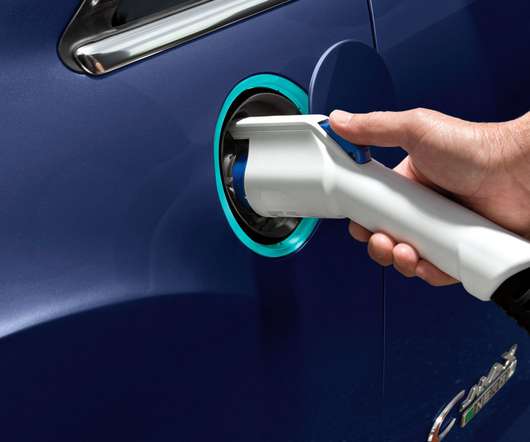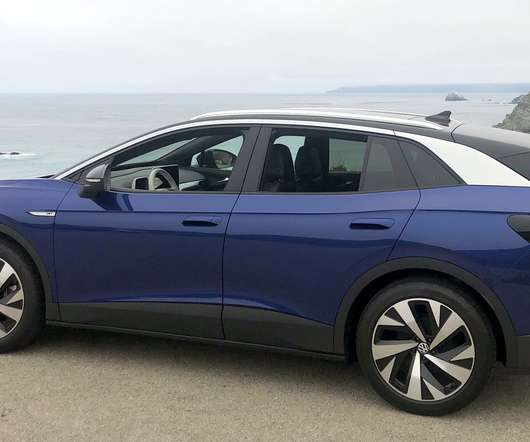Tech: How do Hybrid & Plug-in Hybrid Batteries Recharge? Do I Need to Plug a Hybrid In?
Clean Fleet Report
JANUARY 24, 2023
Regular Hybrids Regular hybrids recharge their onboard nickel-metal hydride or lithium-ion battery packs by reclaiming energy through a process called regenerative braking. It takes with kinetic energy that would normally be lost as heat through traditional mechanical friction brakes and stores it as electric energy in the battery.















Let's personalize your content